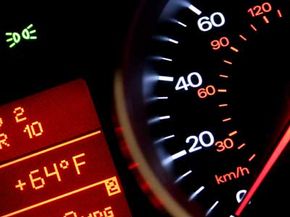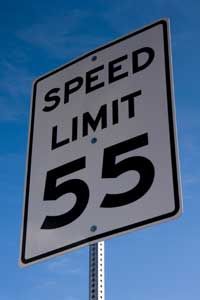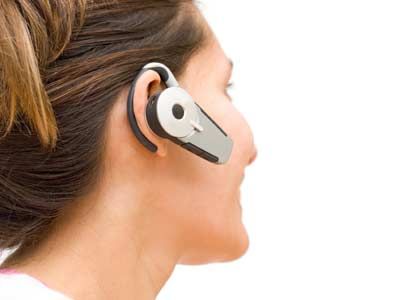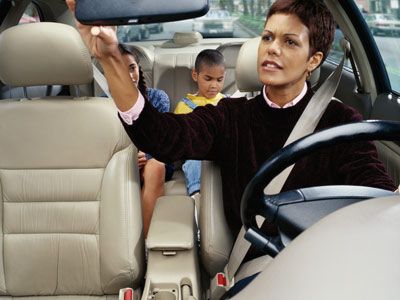It's easy to fall into a herd mentality out on the open highway. There's safety in numbers, protection in conformity. Travel too slow and you'll incur the angry honks of your fellow drivers. Travel too fast and you'll attract unwanted attention from robotic speed cameras and police officers wielding radar guns. Naturally, the best way to avoid flashing blue lights and wallet-busting tickets is to stick to the car speed limit, but what do you do when you don't know it?
It's an easy situation to find yourself in. You take an interstate on-ramp or wind your way through crisscrossing rural roads. The next thing you know, you're wondering if the speed limit is still 65 mph (105 kph) or if you missed a sign somewhere along the way. In many areas, you can always fall back on the standard default speed limit. For instance, in the United States, California's default highway speed limit is 65 mph, making it a good speed to drop back down to if you're in doubt. In addition, just knowing the speed limit isn't always enough. You can earn a speeding ticket for going faster than current weather conditions, such as fog, warrant, even if you're traveling at the posted speed.
Advertisement
At times it seems like law enforcement officers don't even want you to know what the current speed limits are. All of this leads us to the inevitable question: Can't my car tell me what the speed limit happens to be? In an age when GPS devices seem to be replacing roadmaps, is it too much to ask for a built-in speed limit indicator? Wouldn't such an option make the roads safer, in addition to cutting down on driver anxiety?
Read on to find out.
Advertisement




